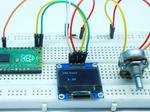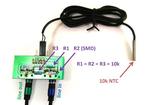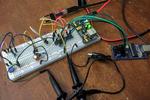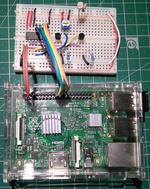Other

“In this guide we will show you how to use the ADC on your Raspberry Pi Pico using MicroPython. We will also go over some of the basic concpt In this tutorial let’s know aboutRaspberry Pi Pico ADC, How …

“This post describes a simple method of reading resistive and capacitive sensors using a standard PC sound card. Virtually any desktop or laptop could be turned into a simple data acquisition system using this method. Thanks to moderate system requirements …

“I recently had the need to carefully measure a voltage with a microcontroller which lacks an analog-to-digital converter (ADC), and I hacked together a quick and dirty method to do just this using a comparator, two transistors, and a few …

Using an MCP3008 IC we will add the ability to read analog values on a Raspberry Pi. The Raspberry Pi unlike the Arduinos natively has no way of reading analog data. By adding an integrated as the MCP3008 we can …

“In part 1, of this 3 to 4 part series, we will look at what ADC measurement resolution is and how to maximize it on the Arduino. We will also look at a simple hint to increase Arduino’s ADC …

